|
Here's the second cave post - the Ajanta Caves differ from the Ellora Caves (60 miles apart) for a few main reasons... the Ajanta series is much older (dating back to about 100BC), and many of the caves are richly decorated and painted, although perhaps most are on a smaller scale than those in Ellora.
Once again, here's some information from UNESCO regarding this world heritage site: The style of Ajanta has exerted a considerable influence in India and elsewhere, extending, in particular, to Java. With its two groups of monuments corresponding to two important moments in Indian history, the Ajanta cave ensemble bears exceptional testimony to the evolution of Indian art, as well as to the determining role of the Buddhist community, intellectual and religious foyers, schools and reception centres in the India of the Gupta and their immediate successors. The caves are cut into the volcanic lava of the Deccan in the forest ravines of the Sahyadri Hills and are set in beautiful sylvan surroundings. These magnificent caves containing carvings that depict the life of Buddha, and their carvings and sculptures are considered to be the beginning of classical Indian art. The 29 caves were excavated beginning around 200 BC, but they were abandoned in AD 650 in favour of Ellora. Five of the caves were temples and 24 were monasteries, thought to have been occupied by some 200 monks and artisans. The Ajanta Caves were gradually forgotten until their 'rediscovery' by a British tiger-hunting party in 1819. Some photos have captions - click or hover over to read. Technical details: Sony a850 with Tokina 19-35mm lens.
0 Comments
Leave a Reply. |
Vote for your favourite 2013 photos here!
Archives
July 2014
Categories
All
|
© 2016 Capture the Soul Photography. All rights reserved.

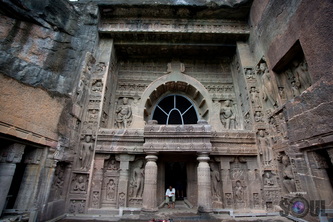
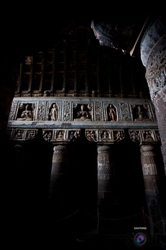
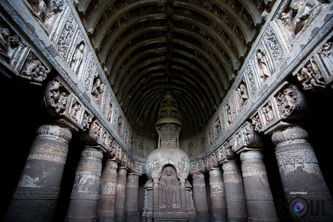
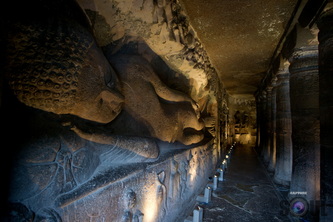
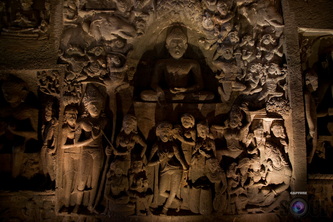
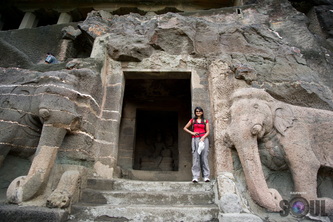
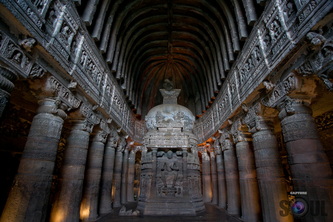
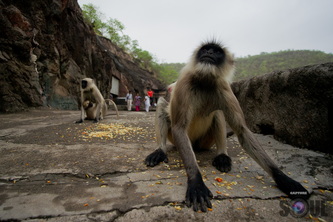
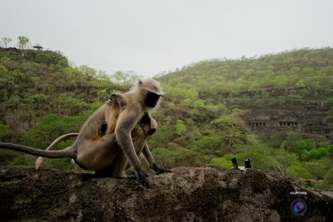
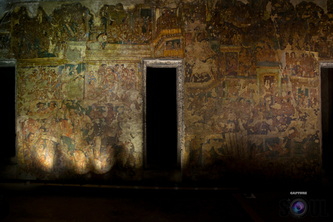

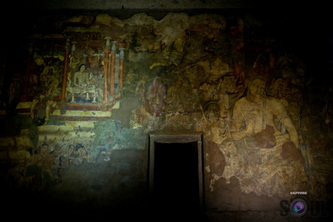
 RSS Feed
RSS Feed